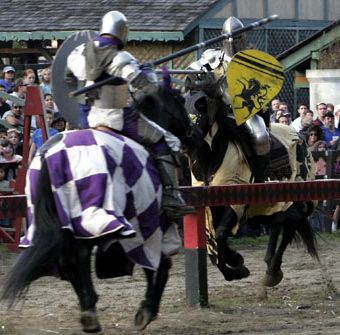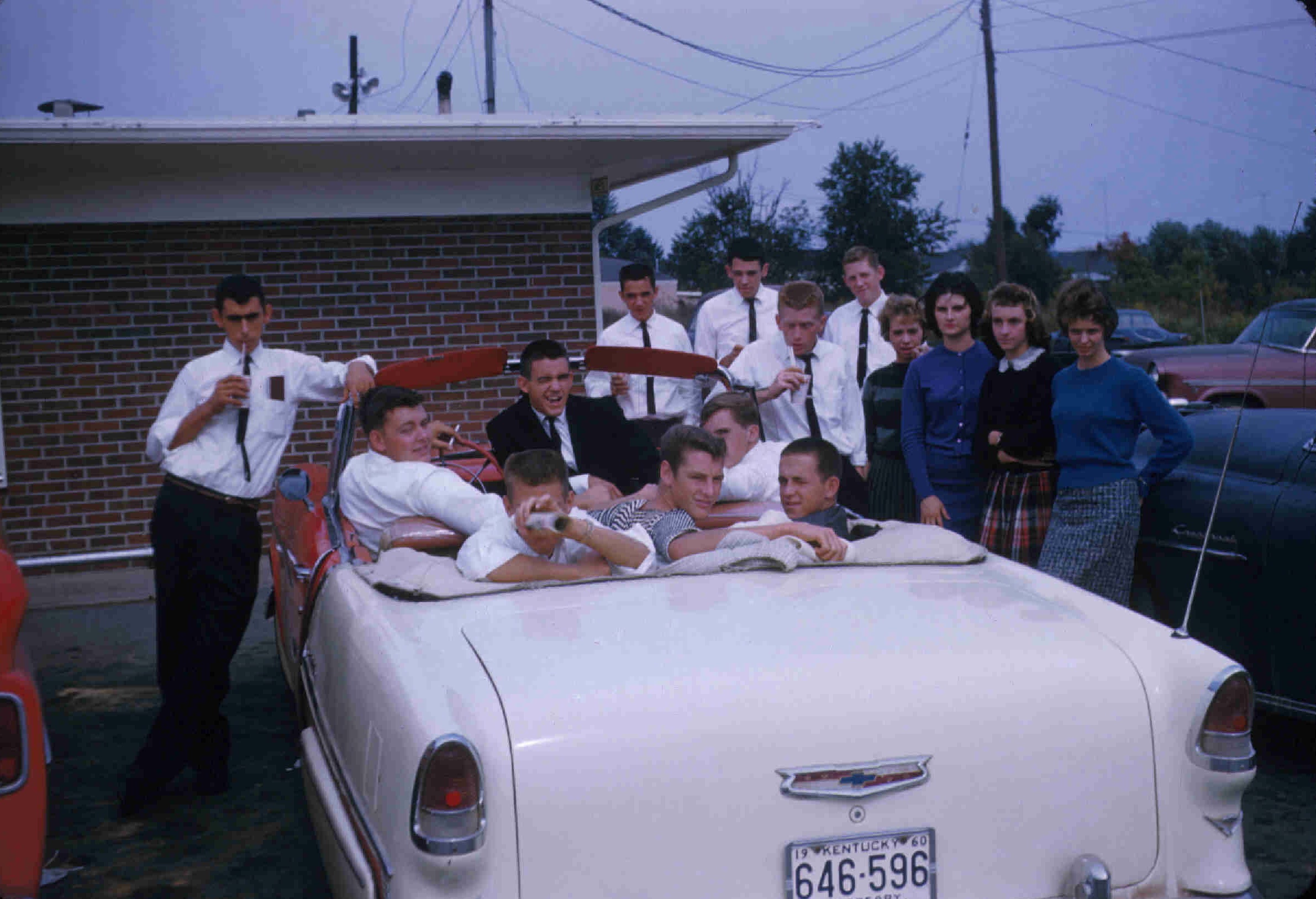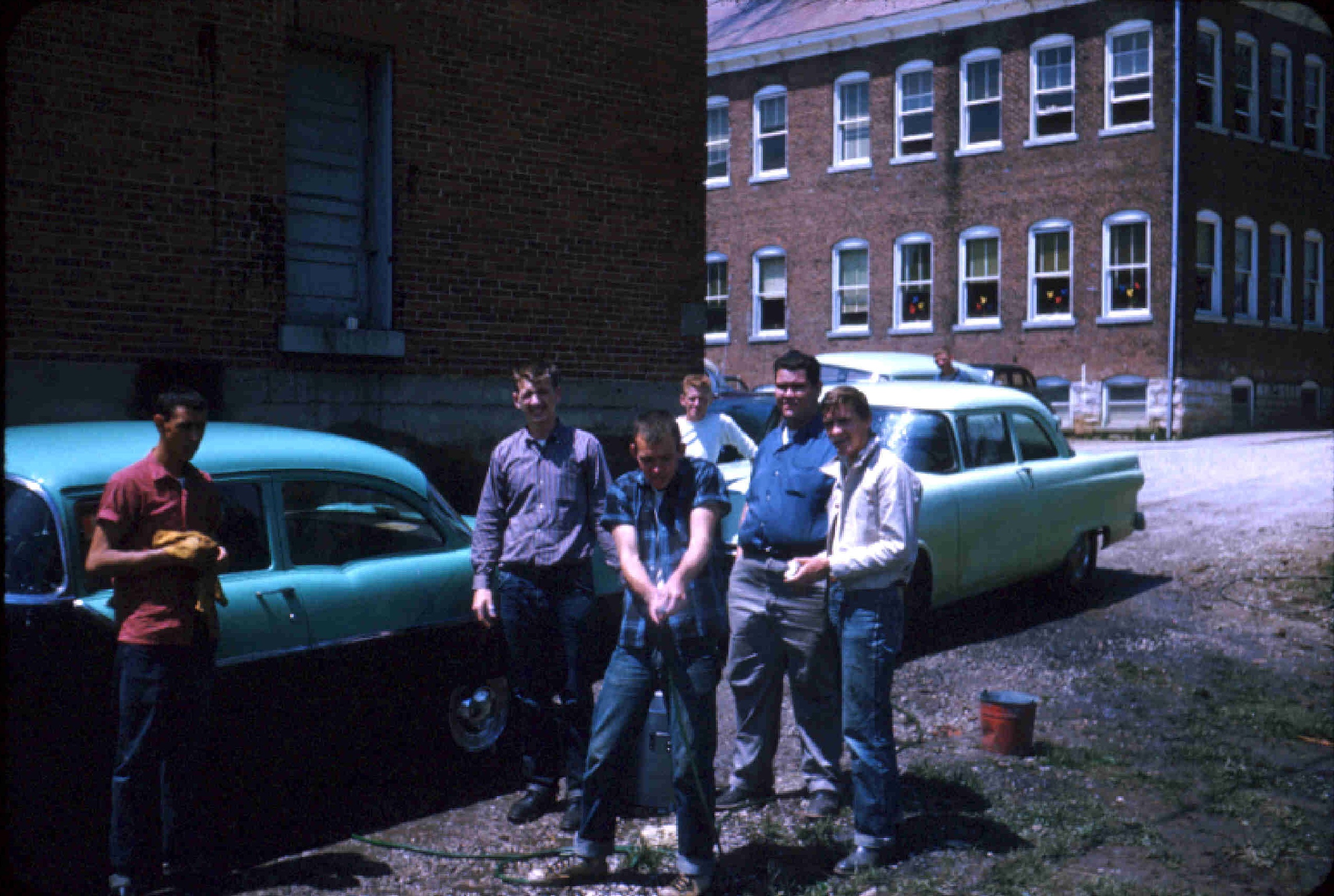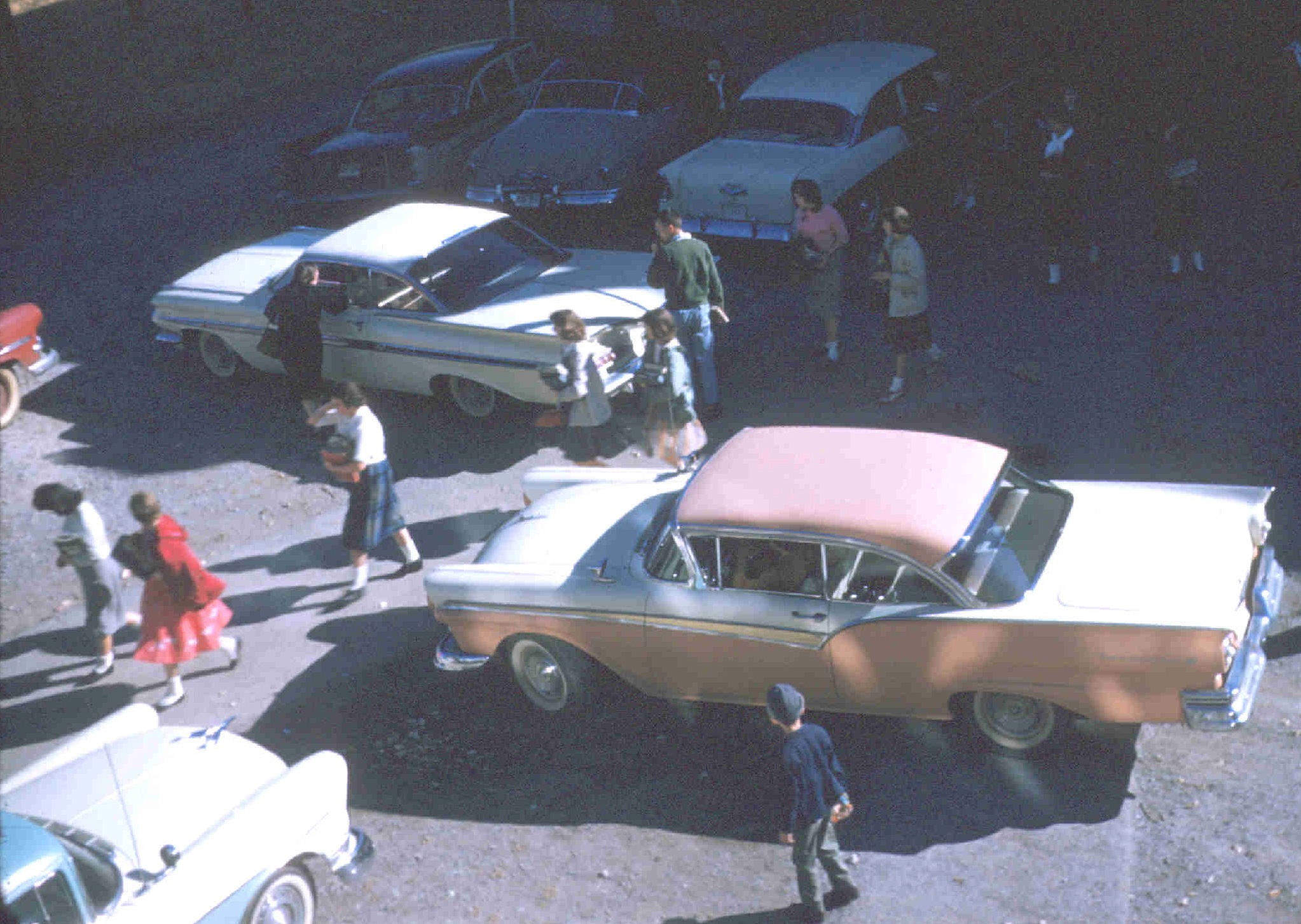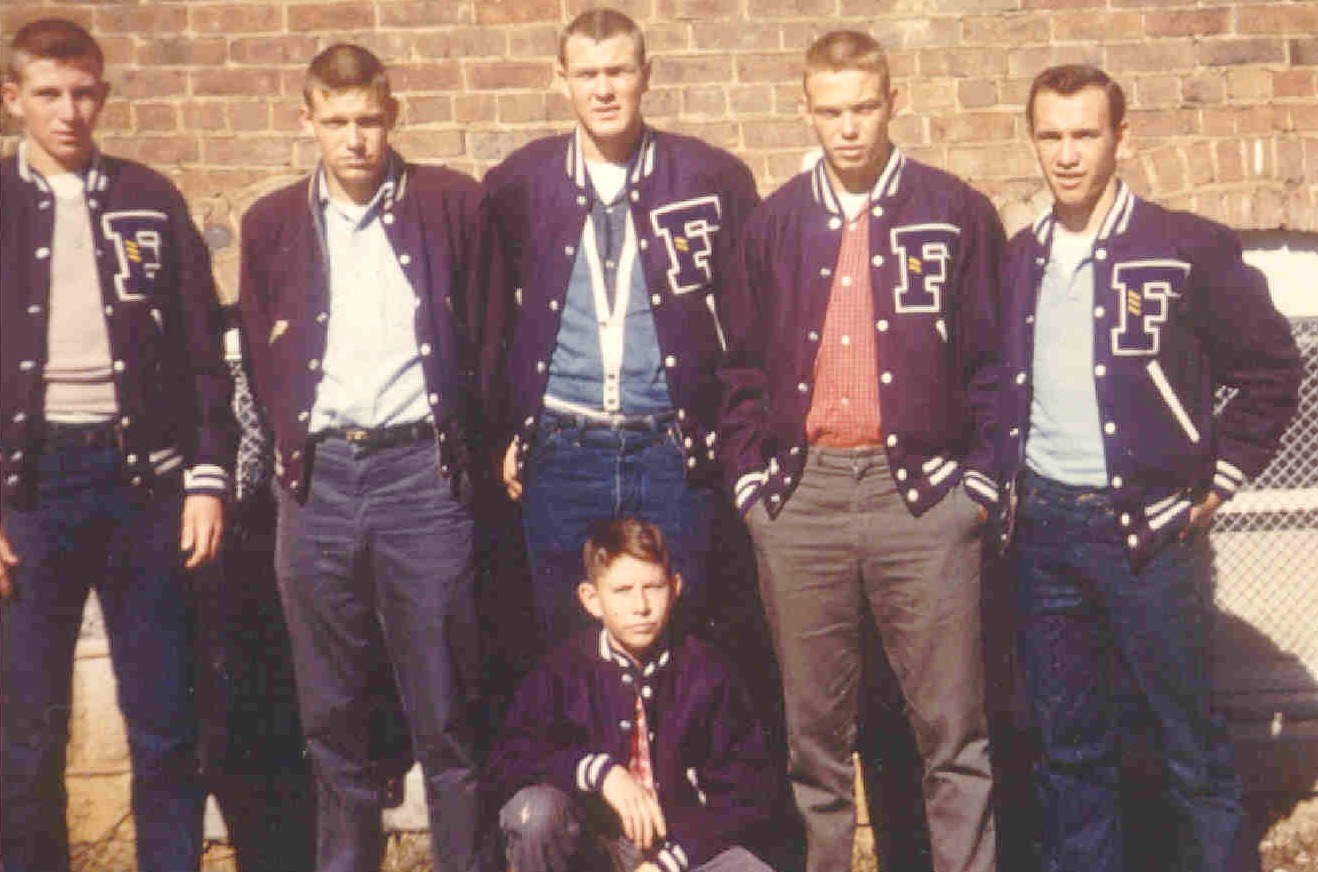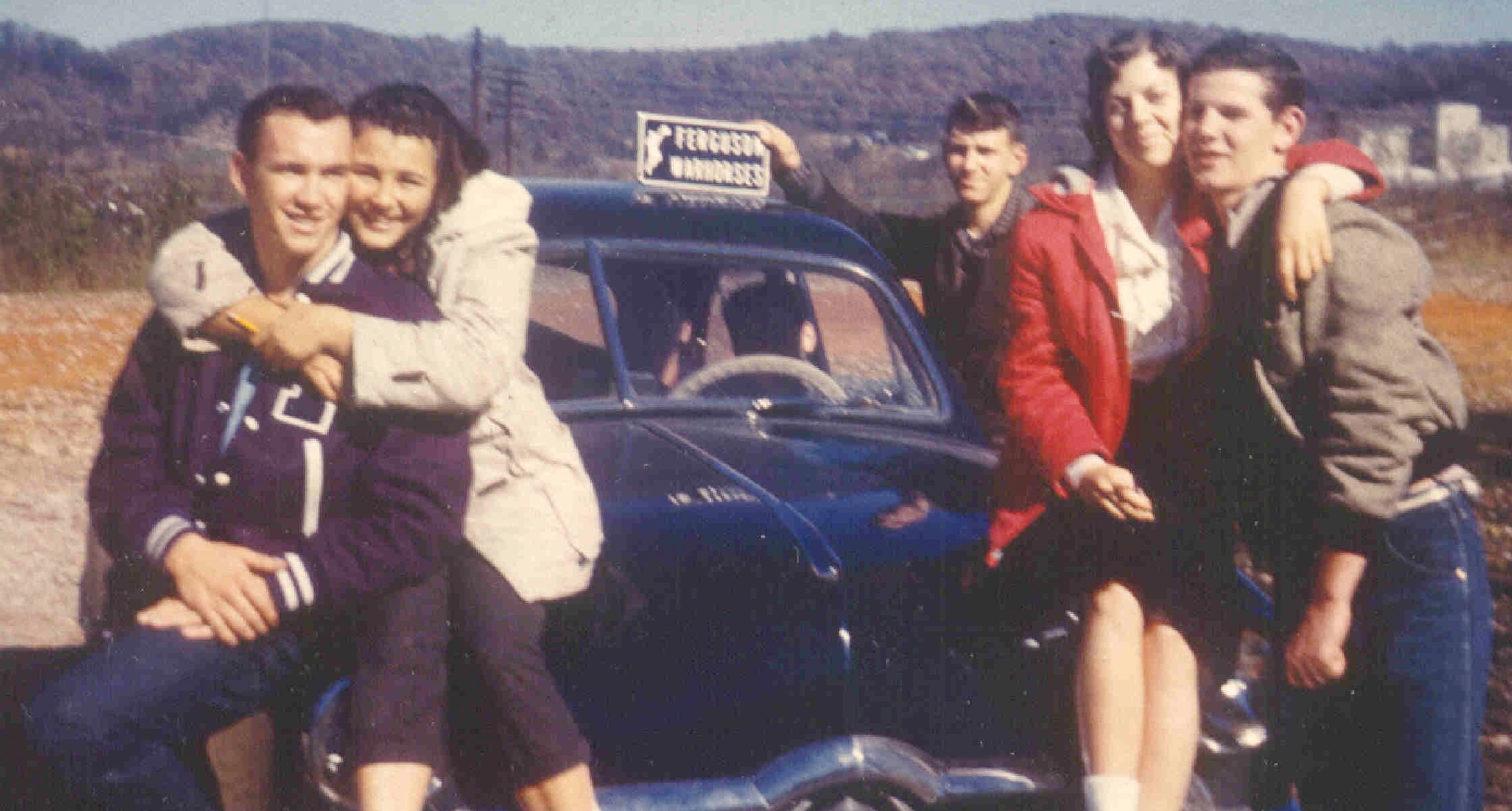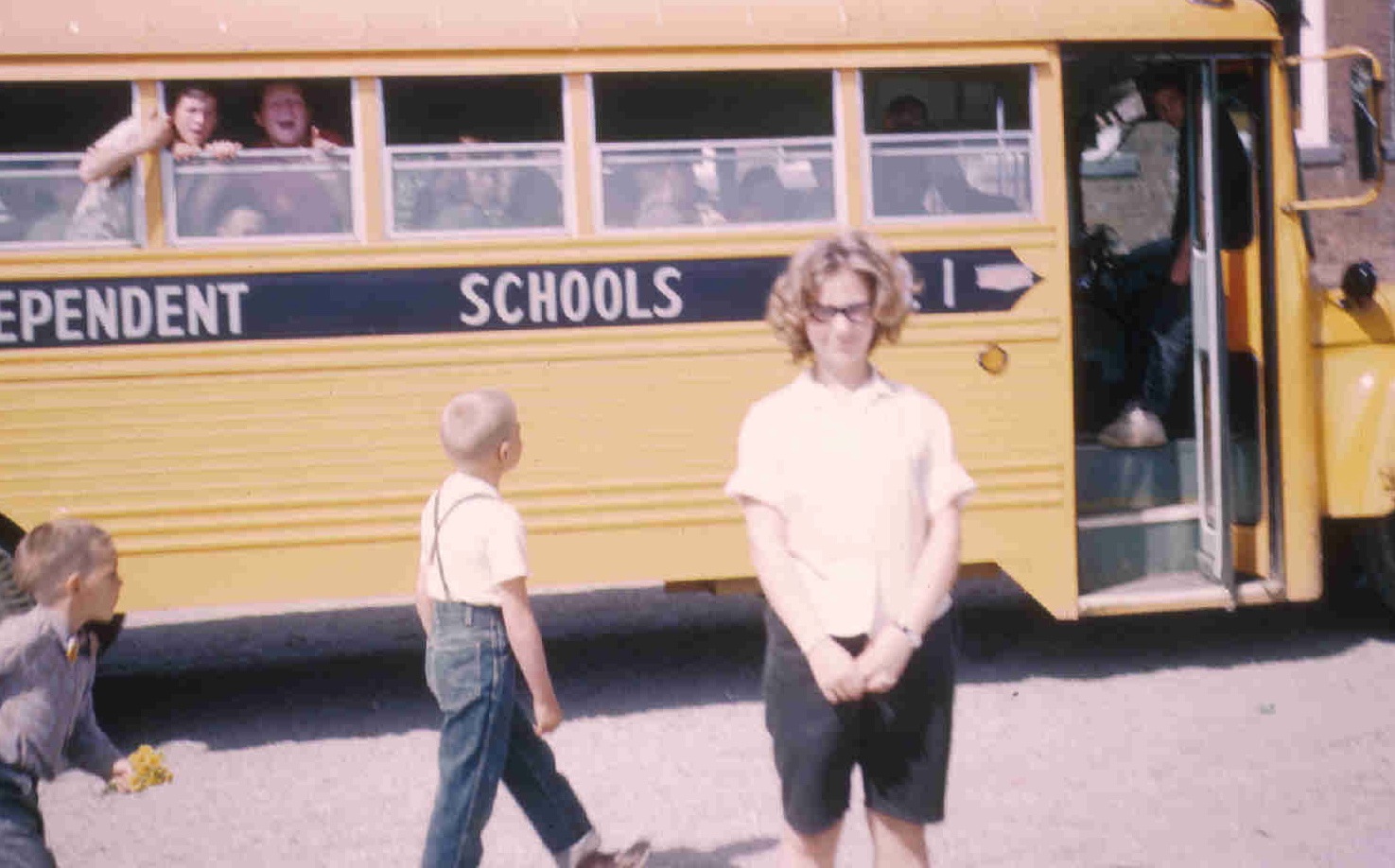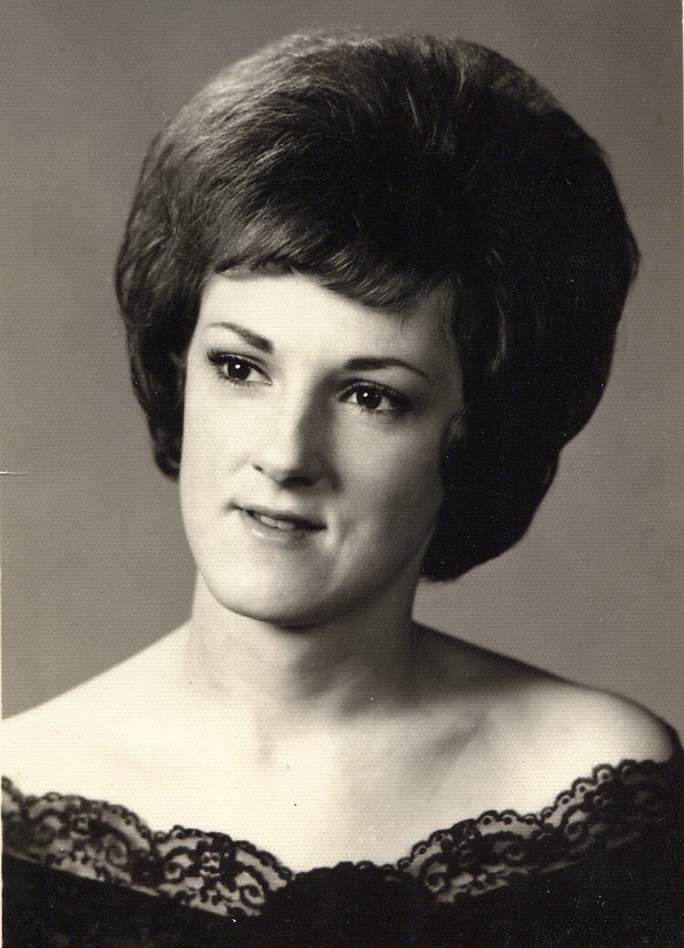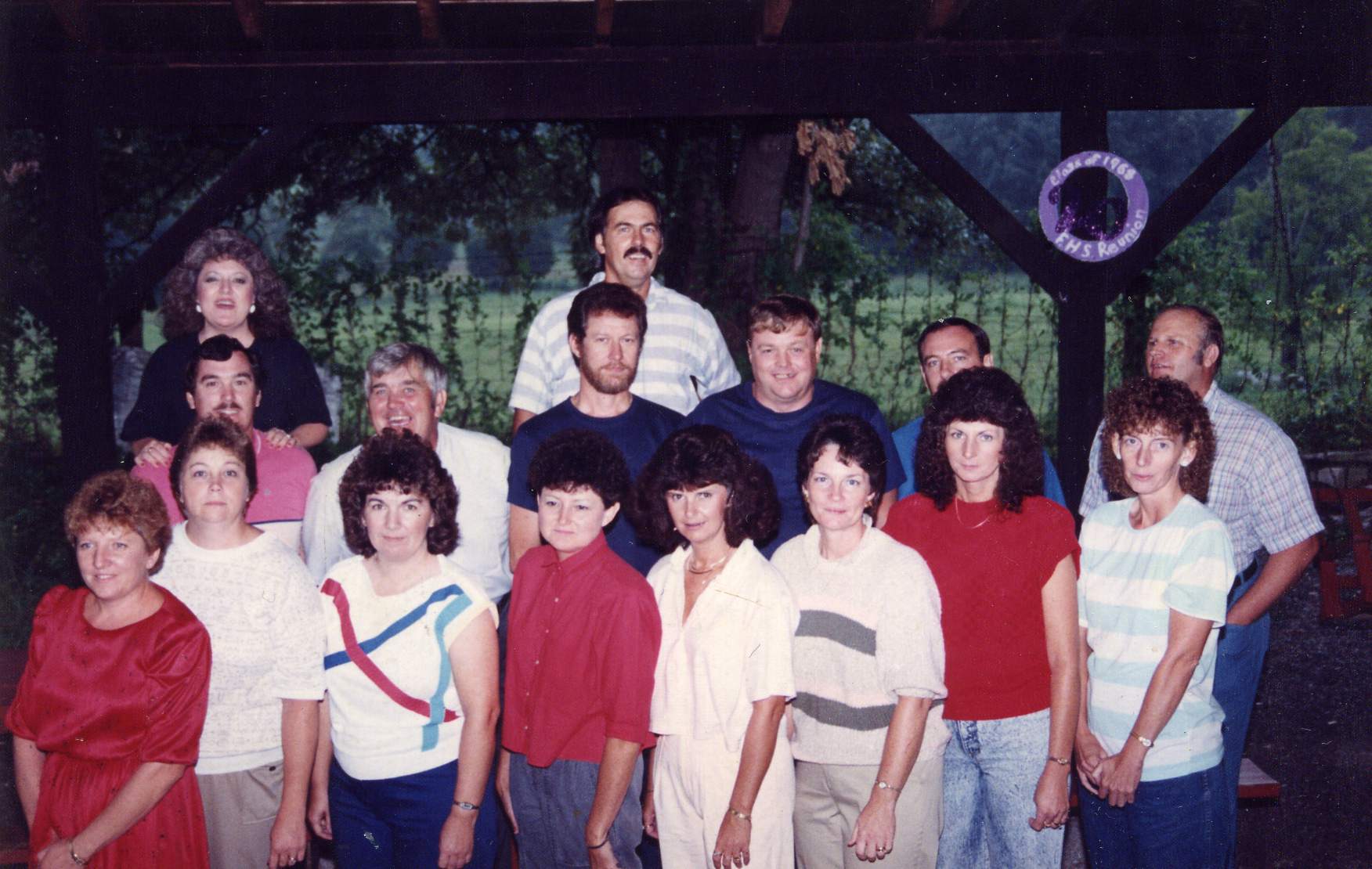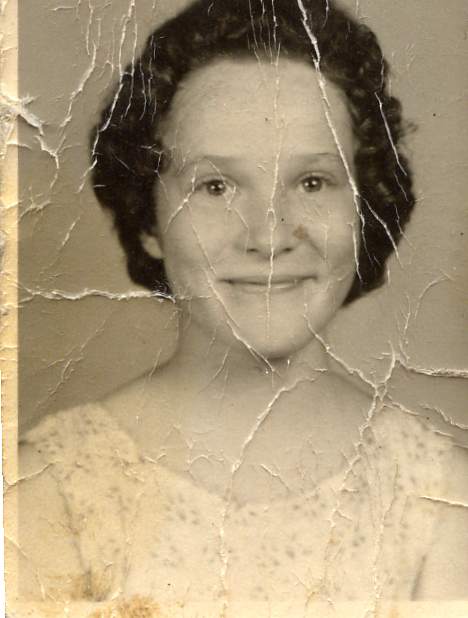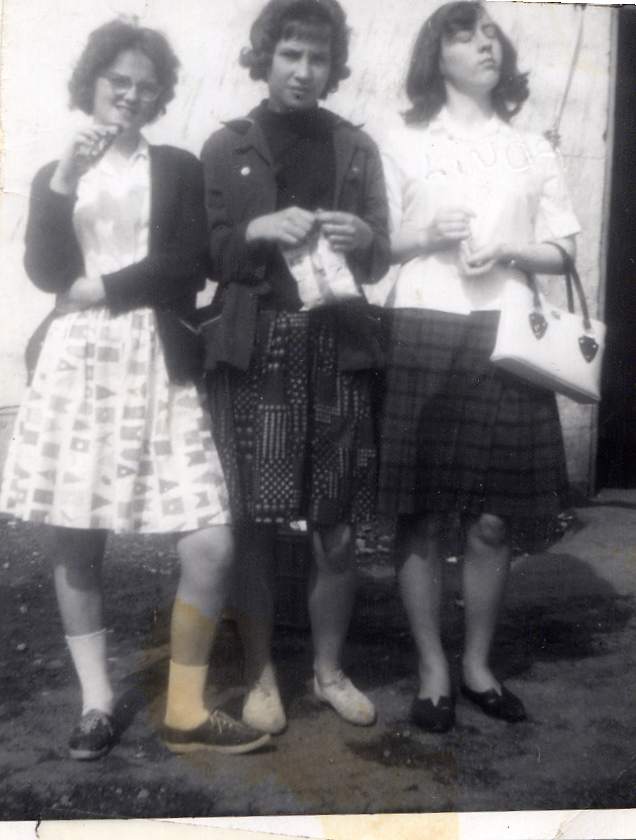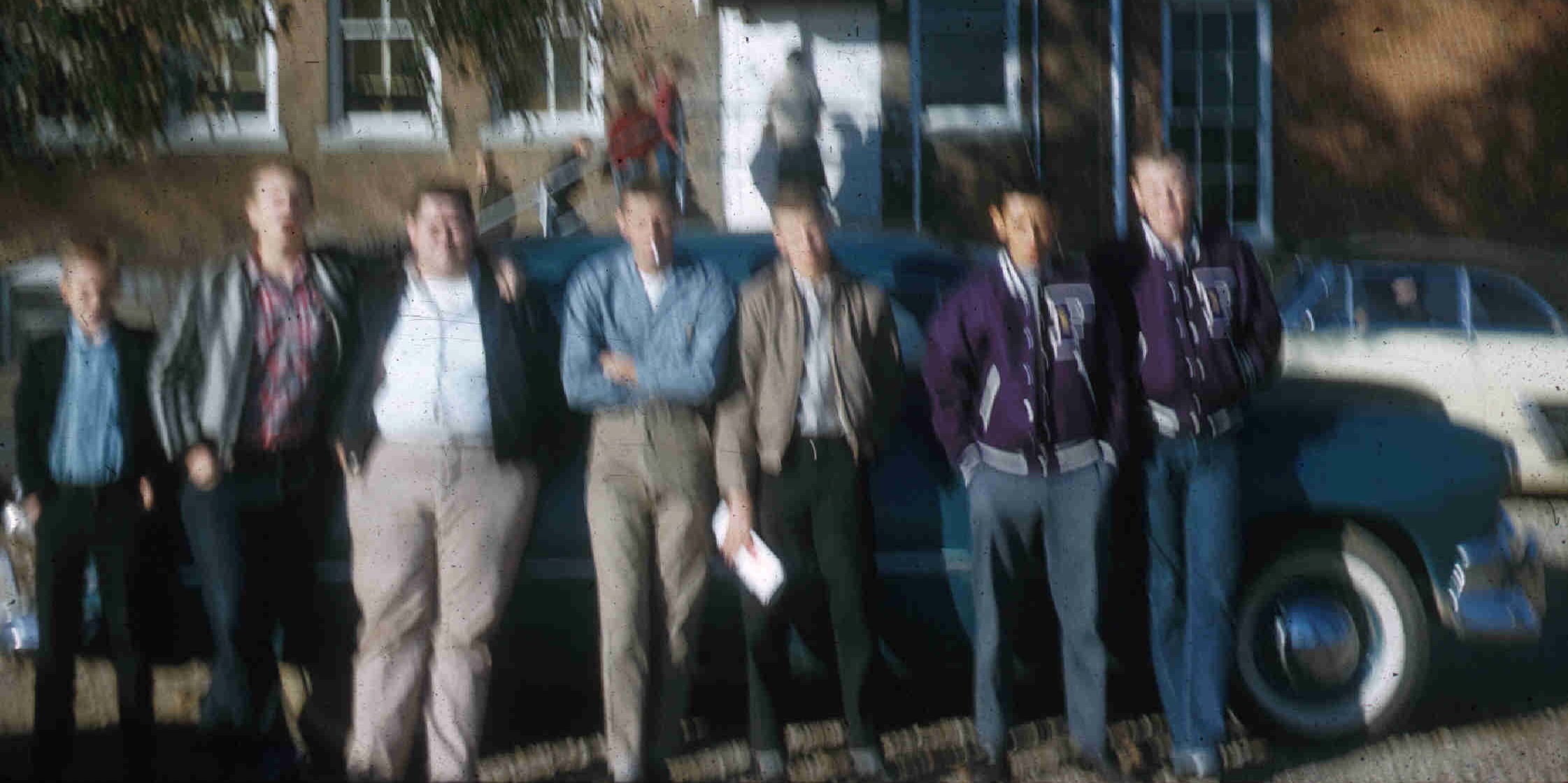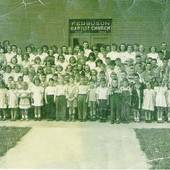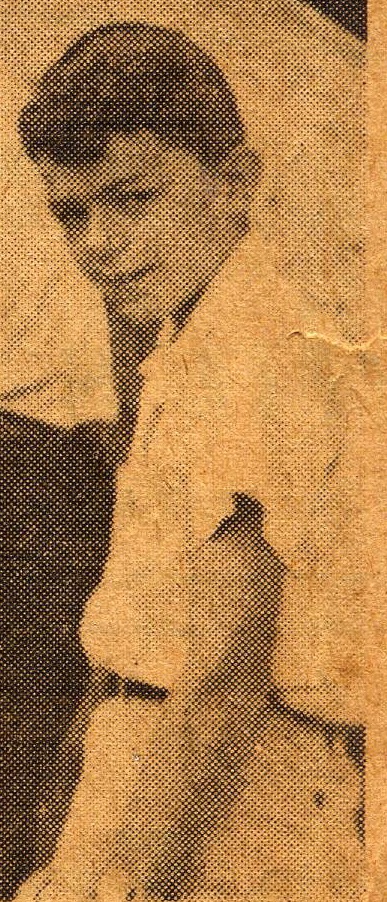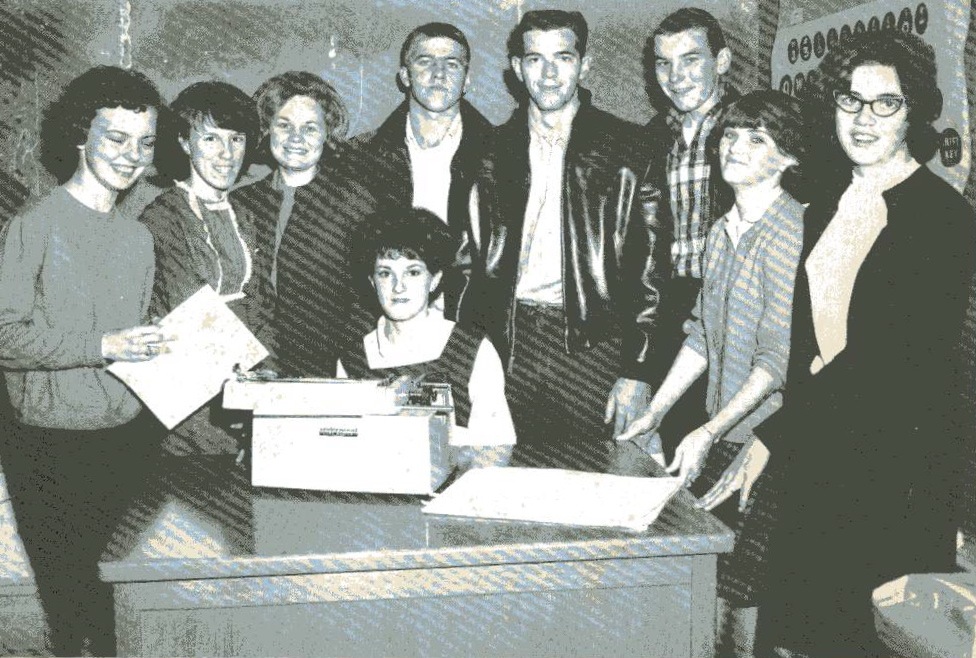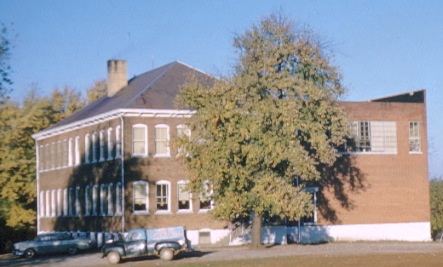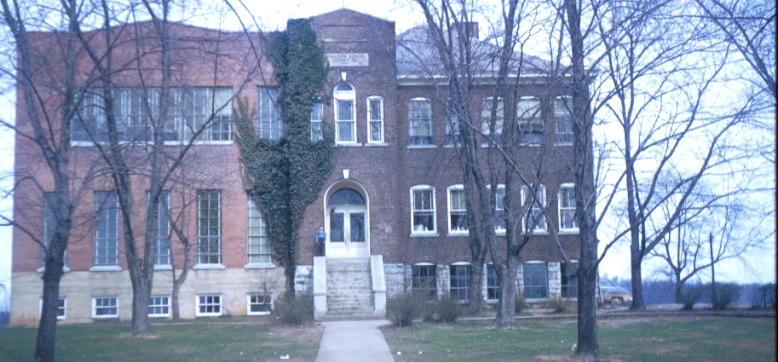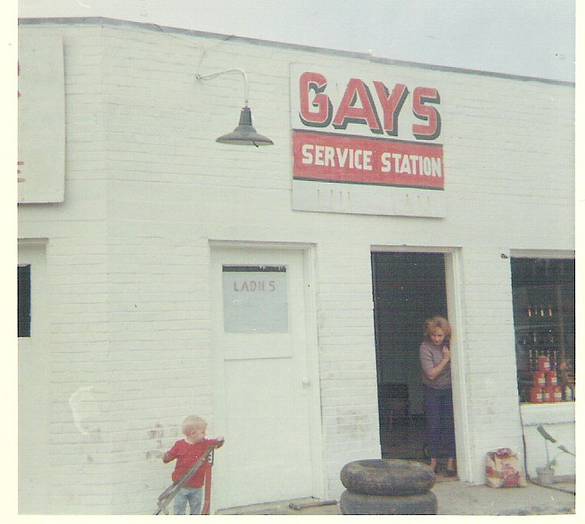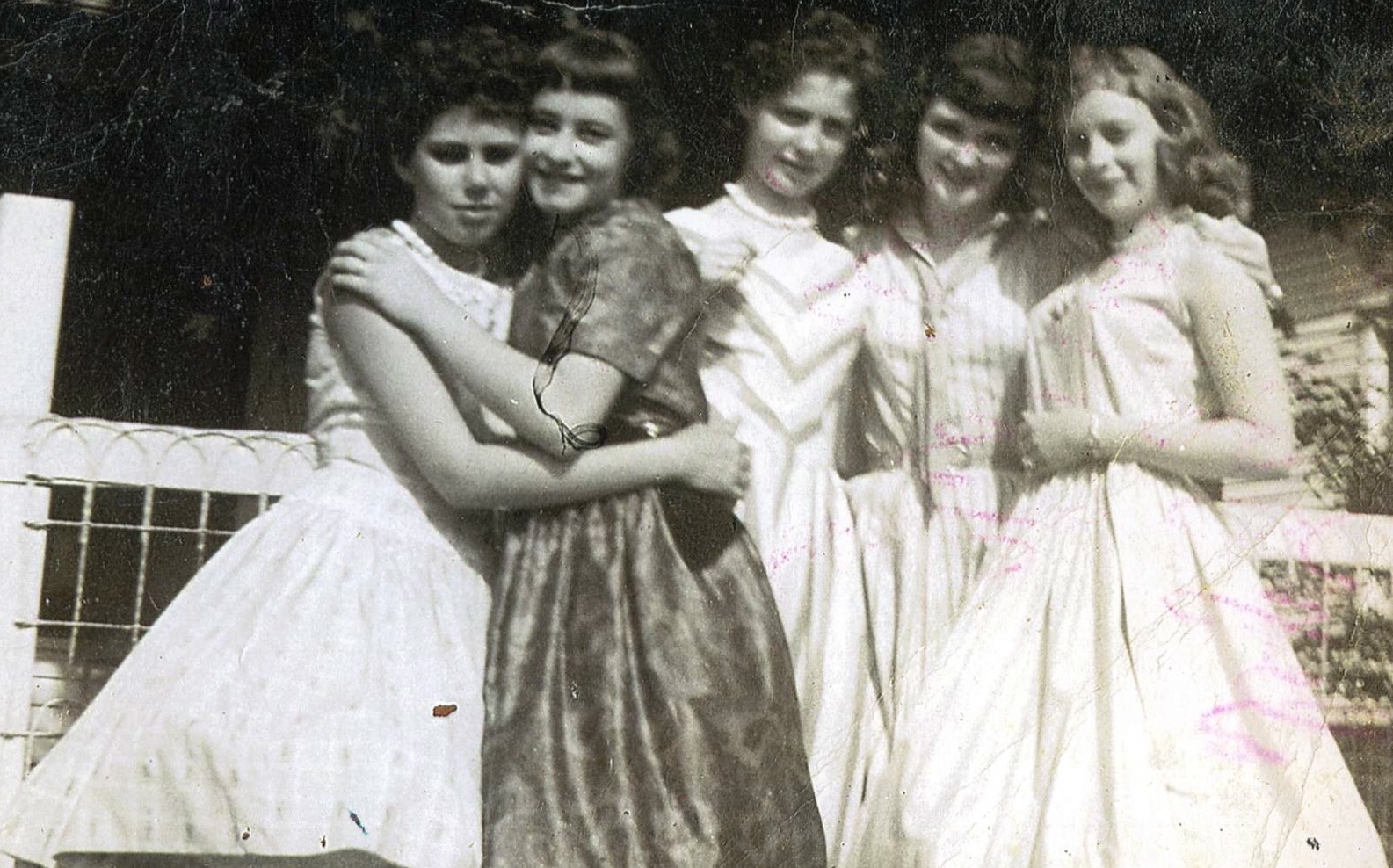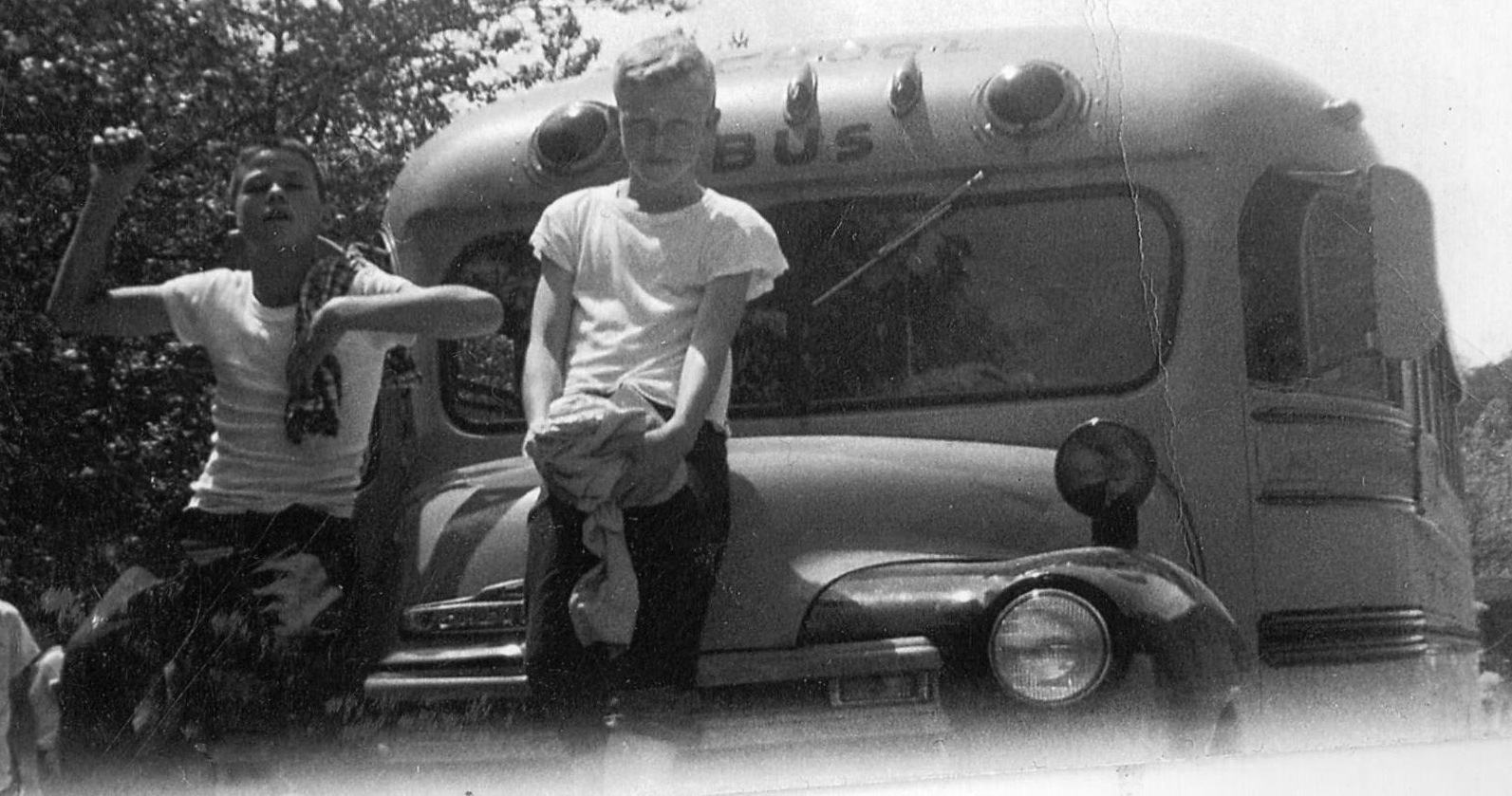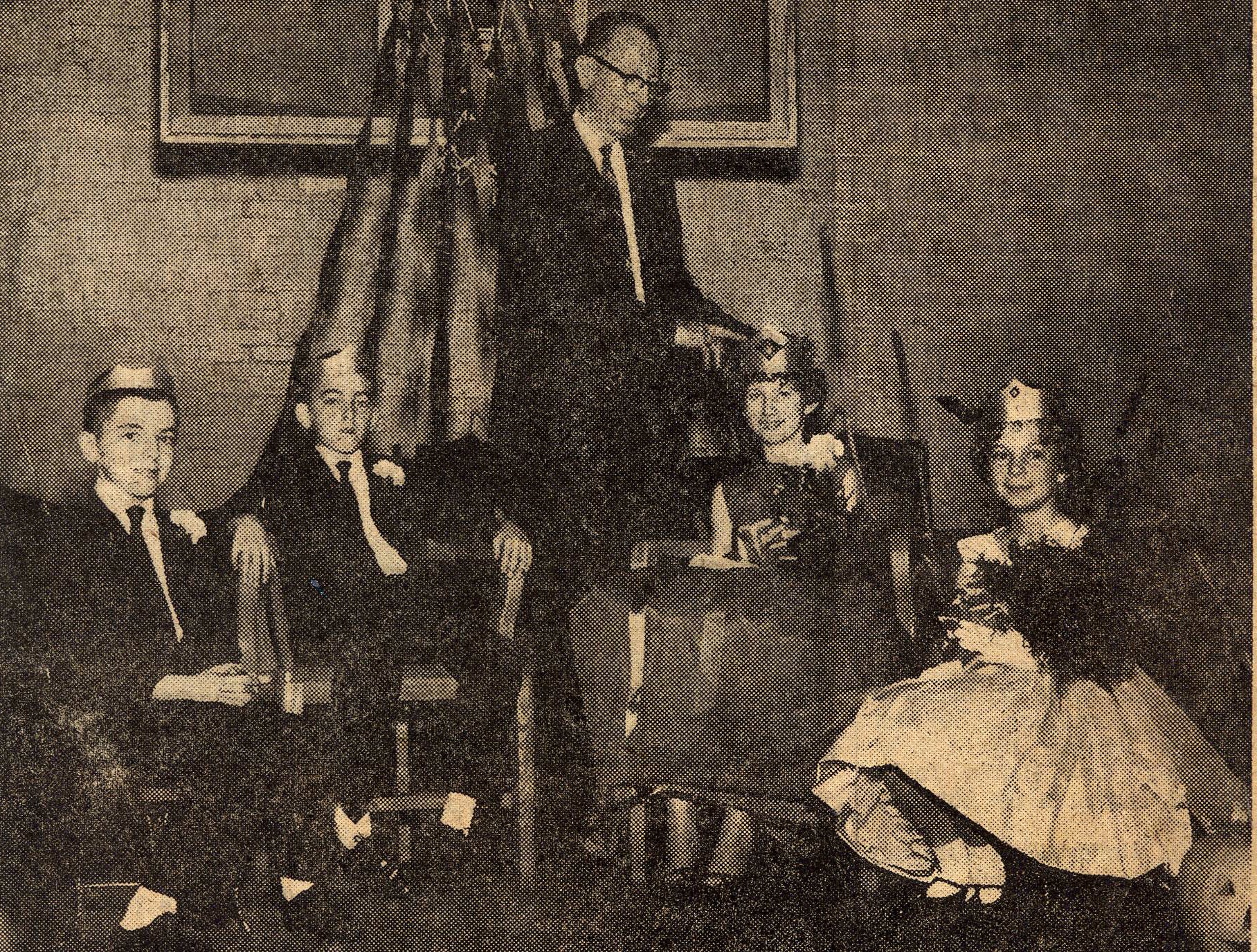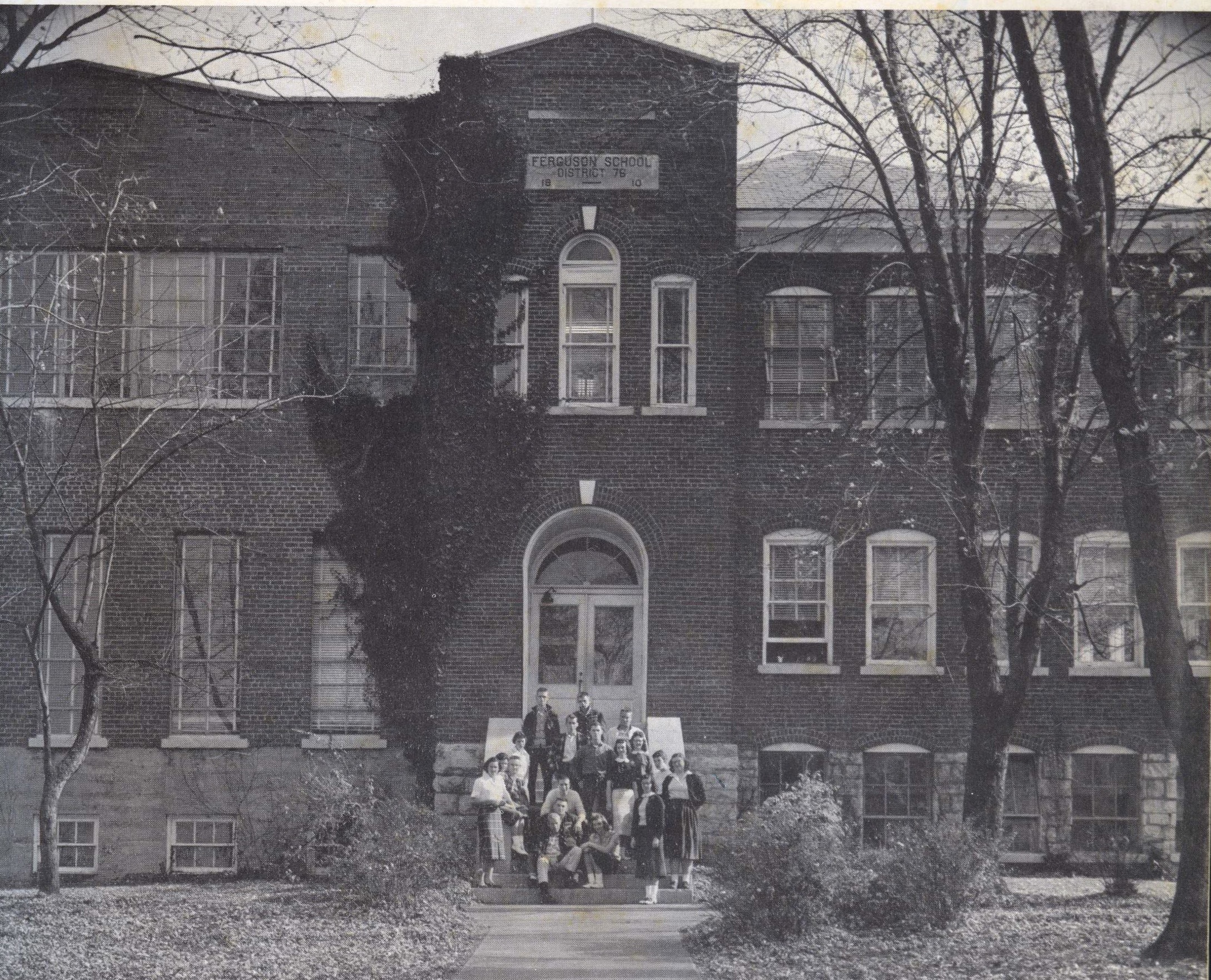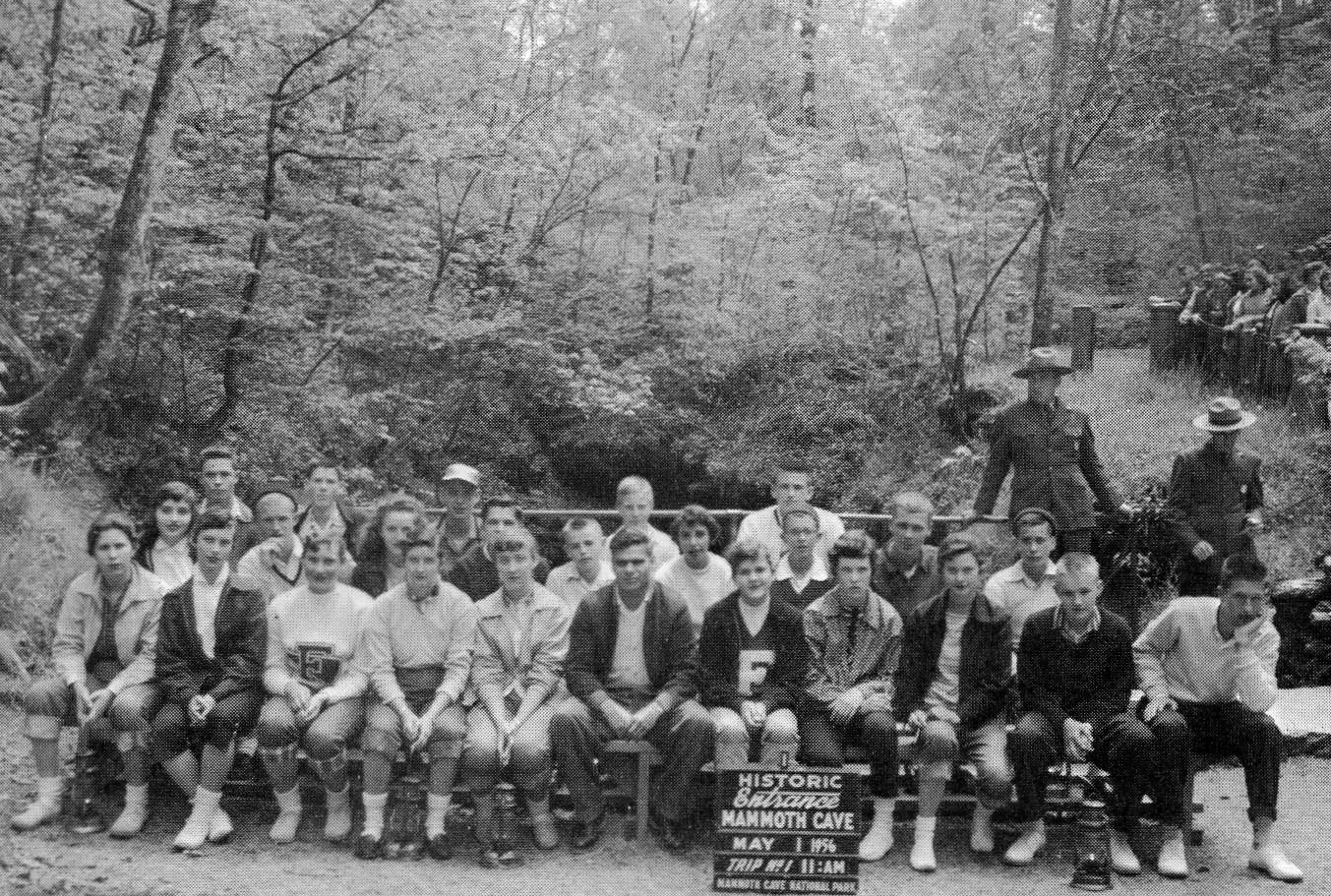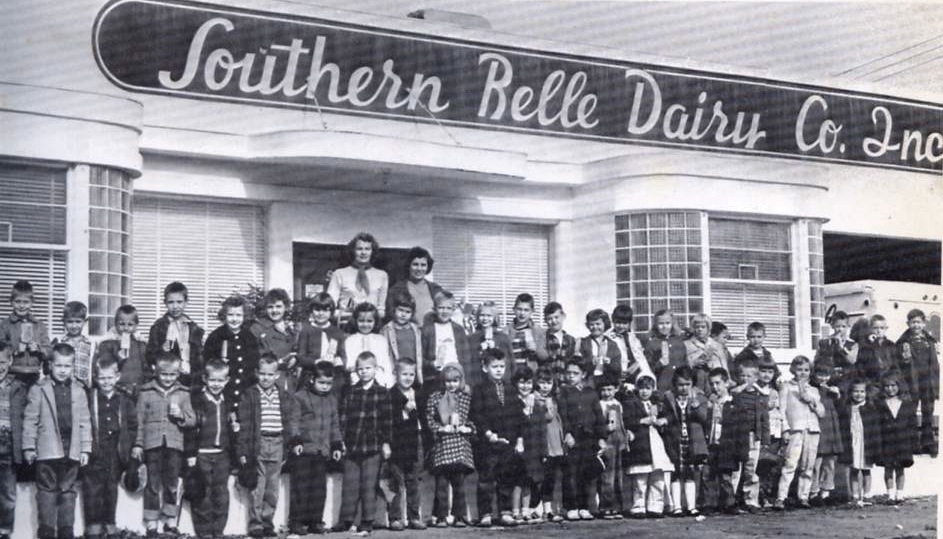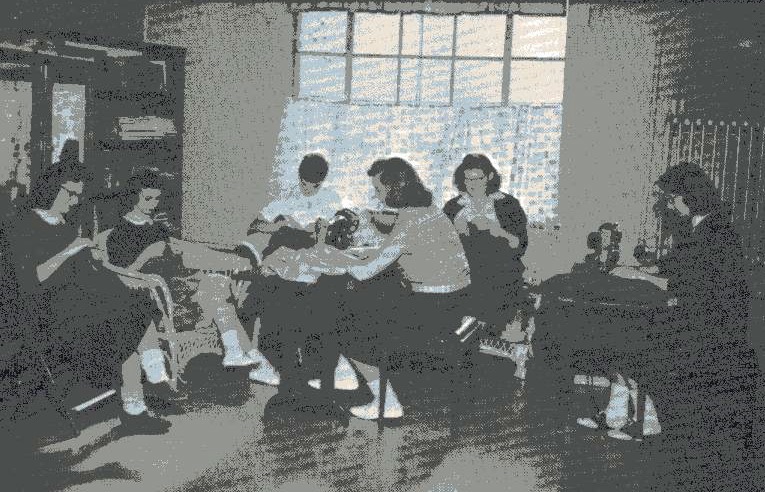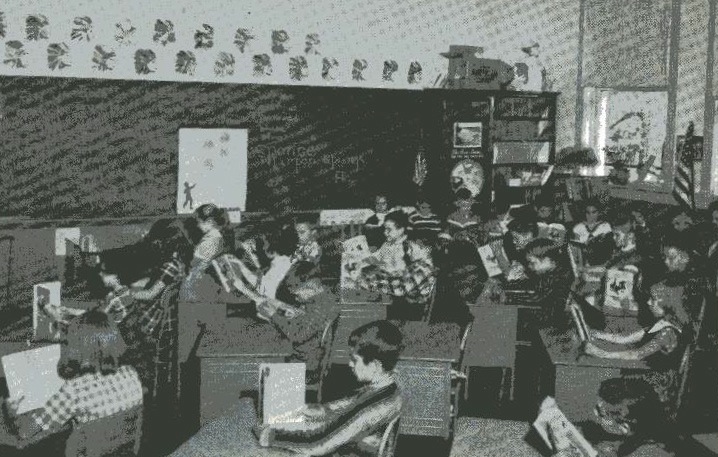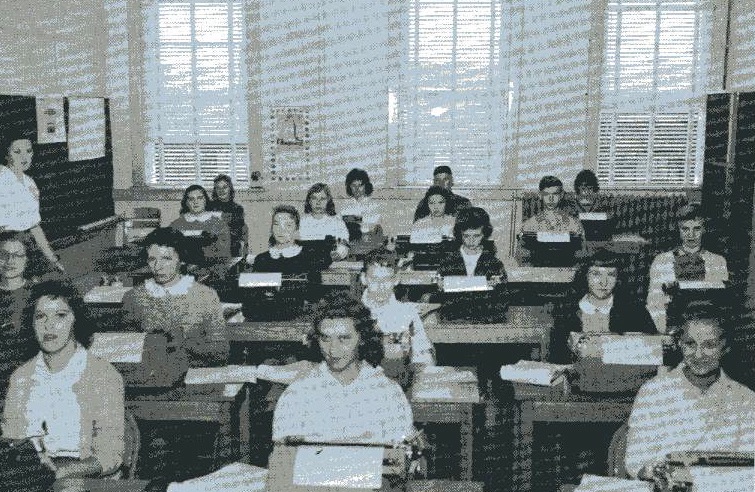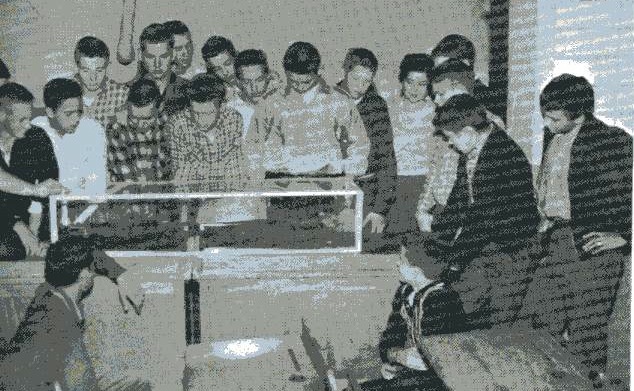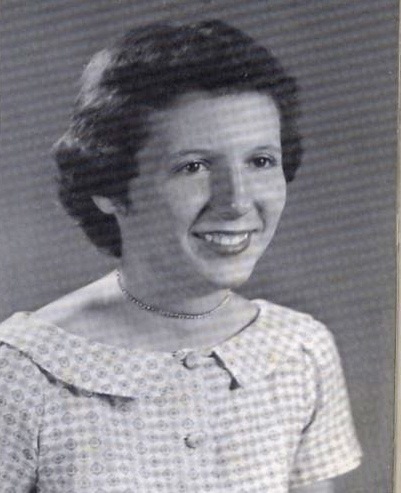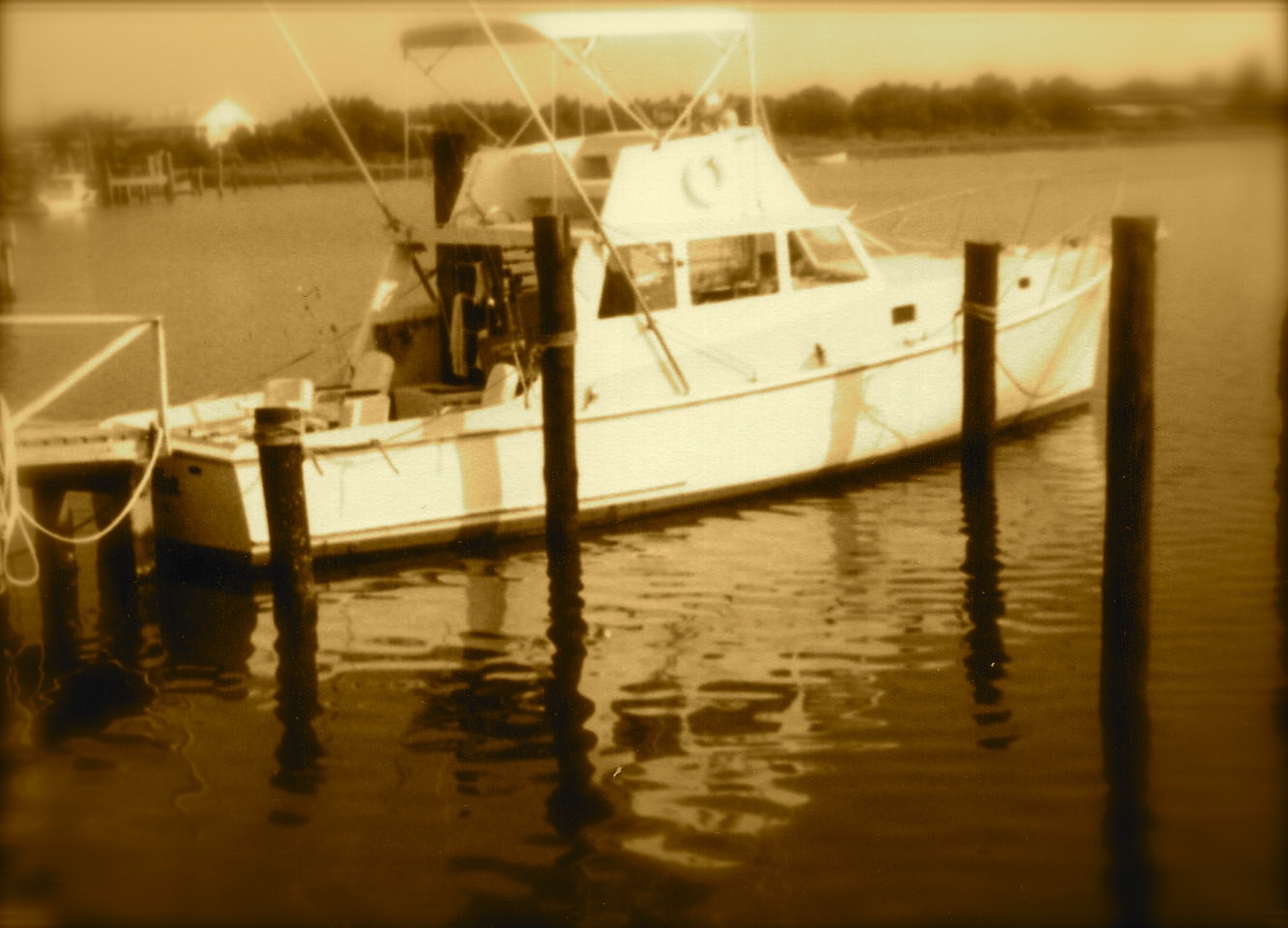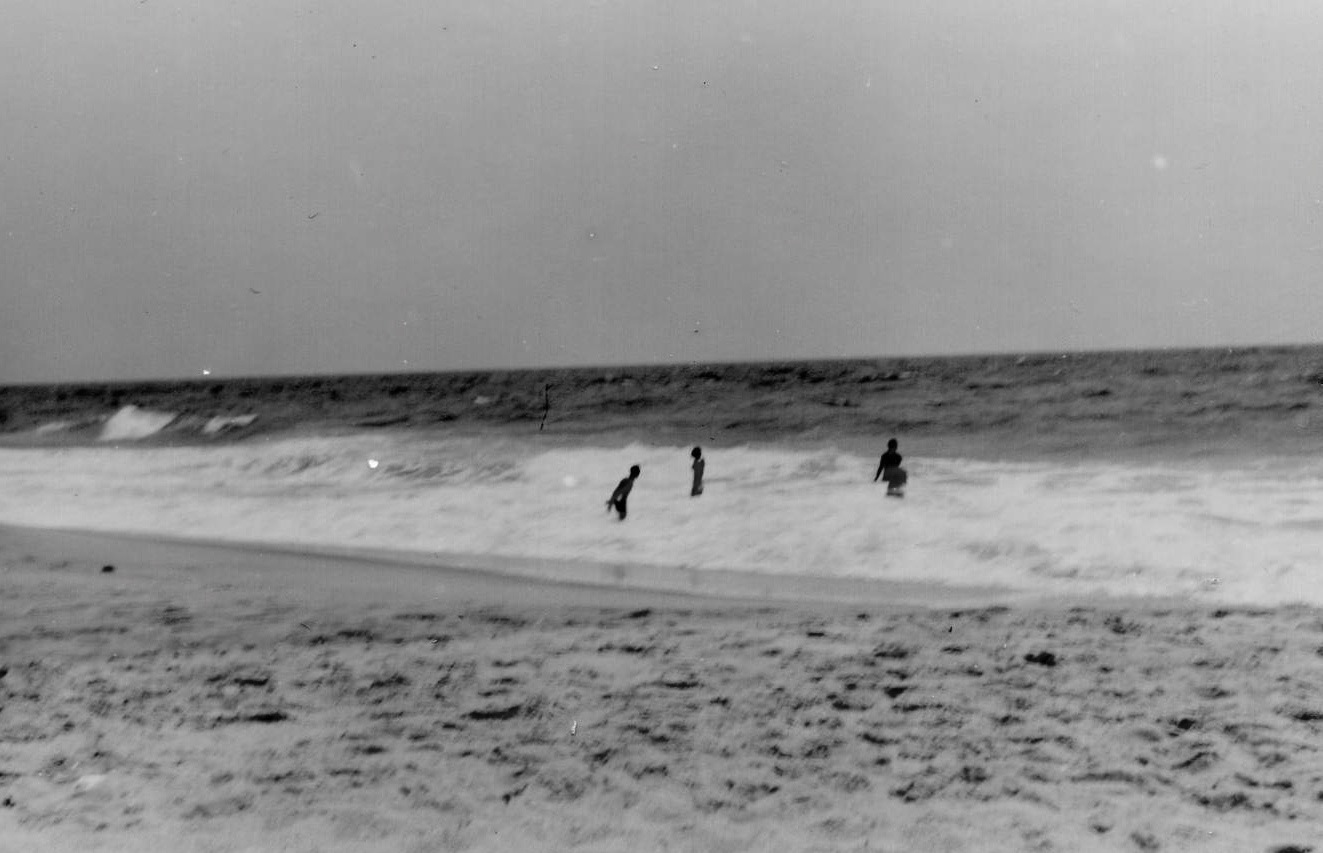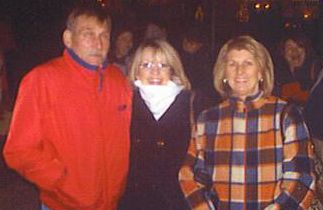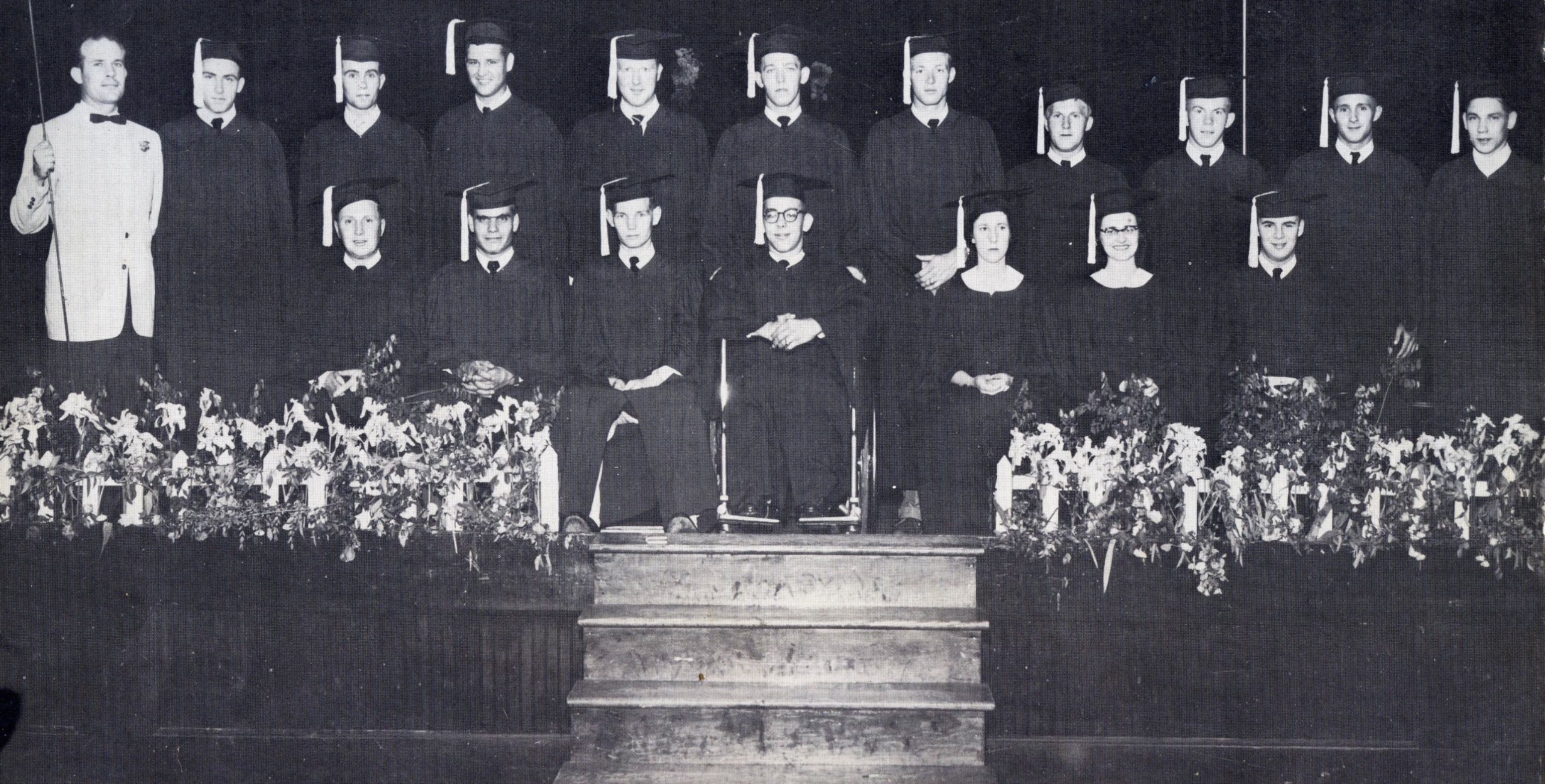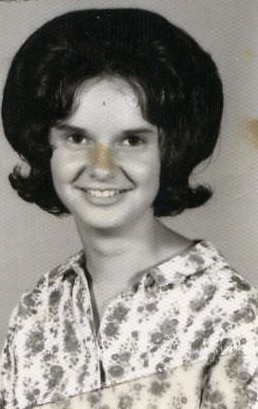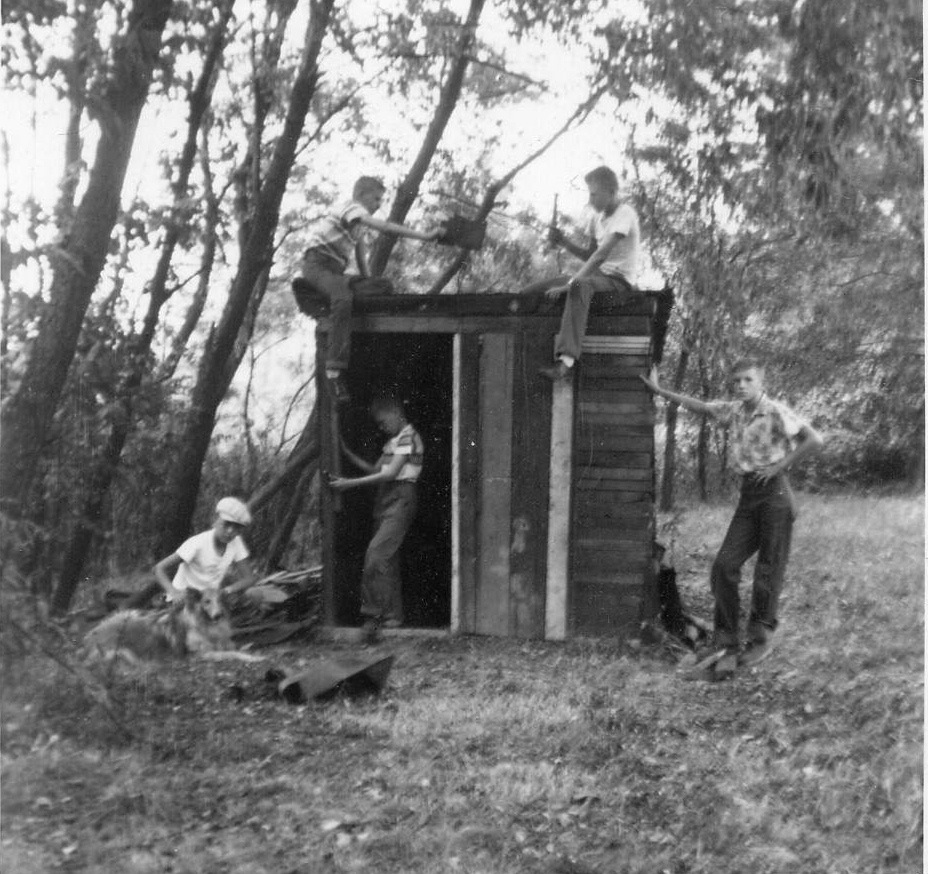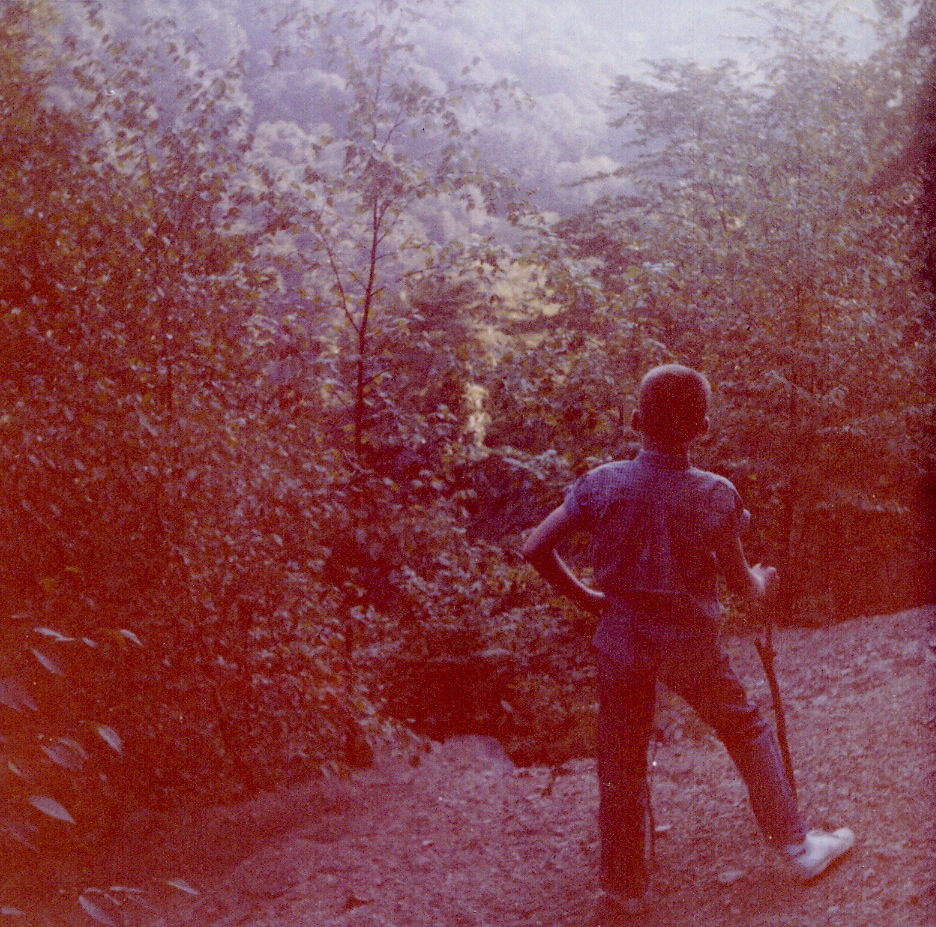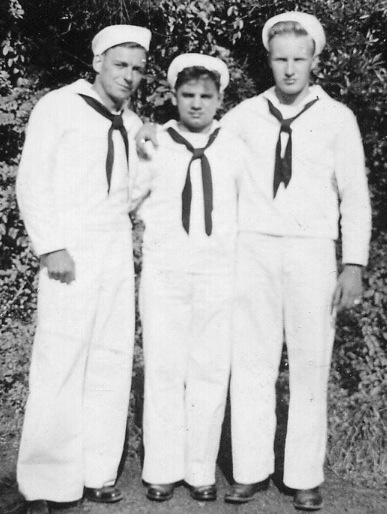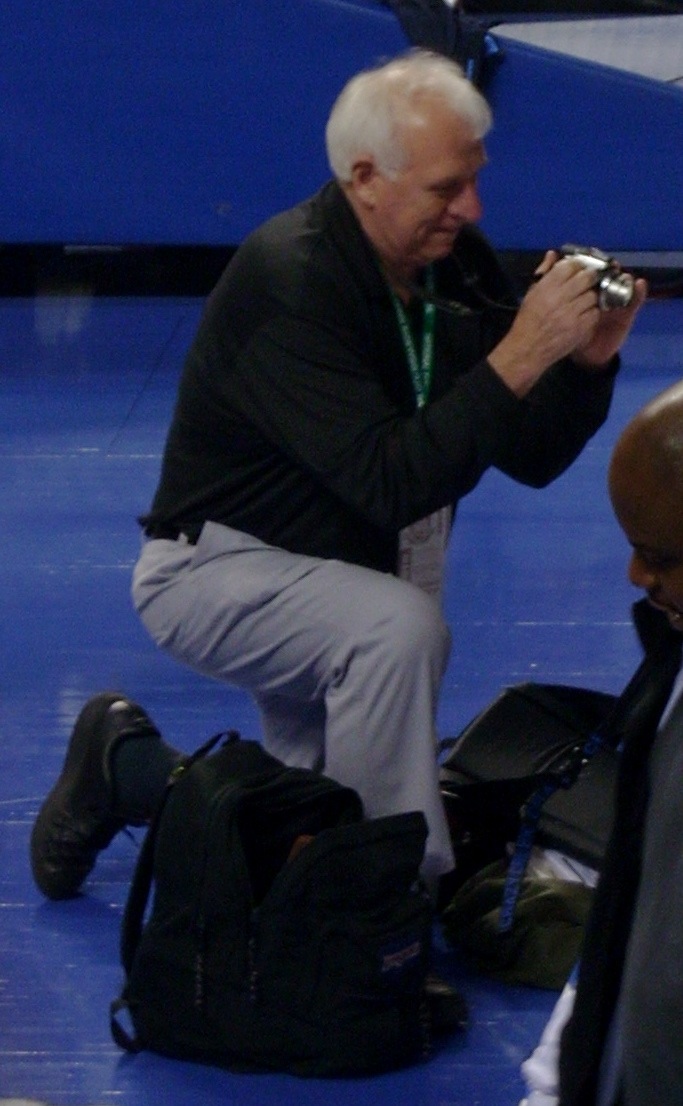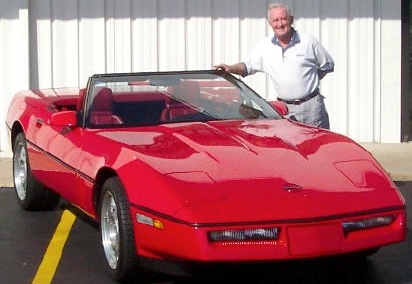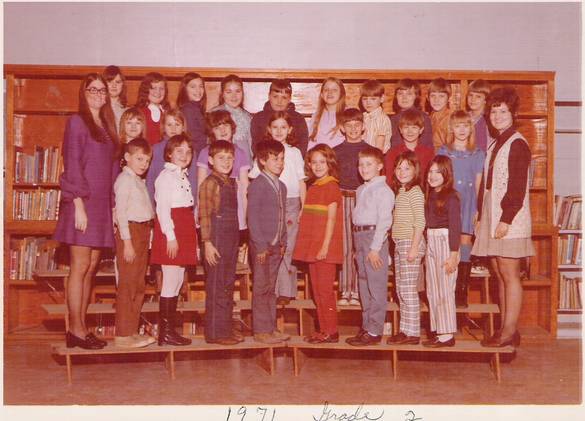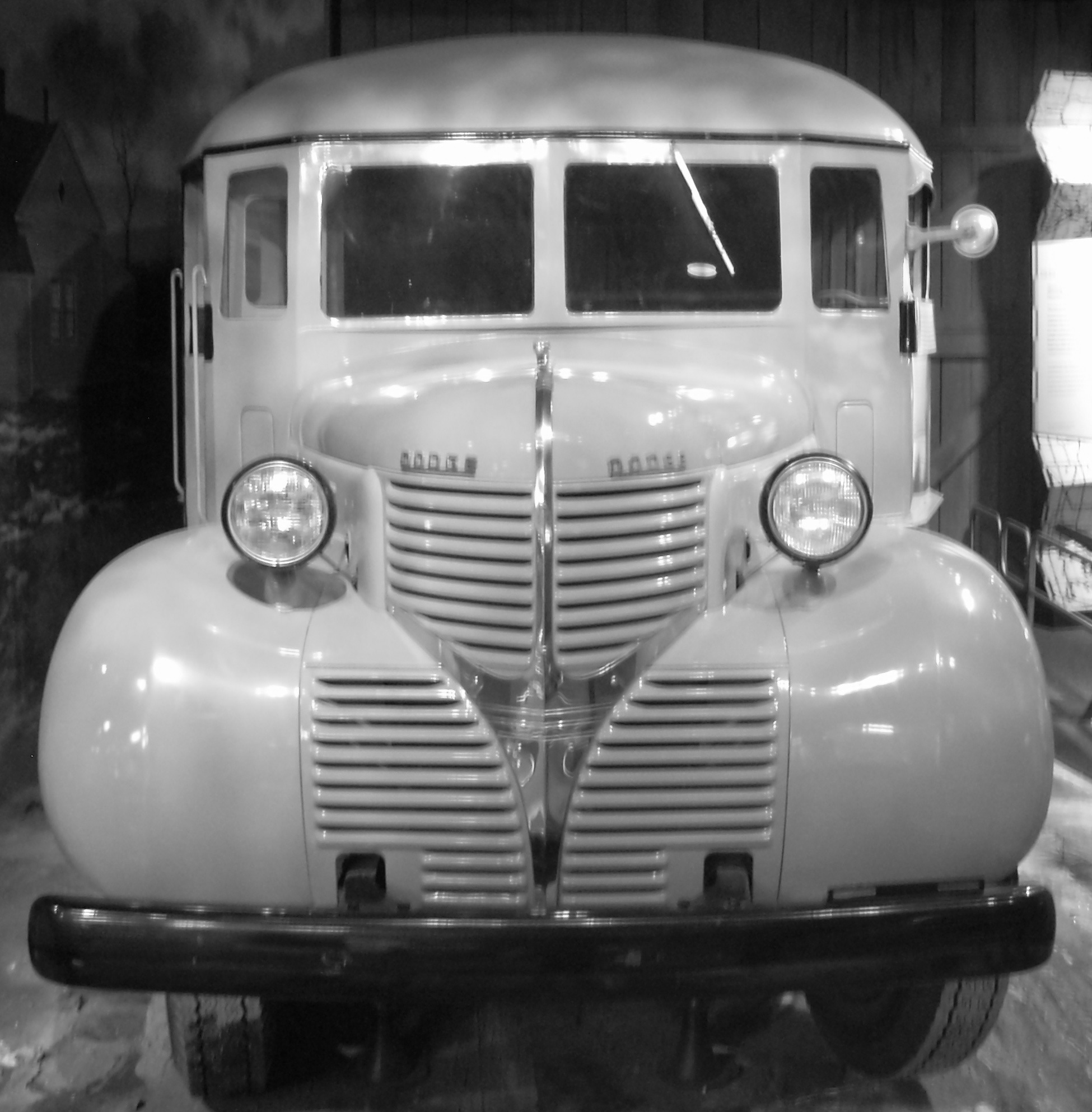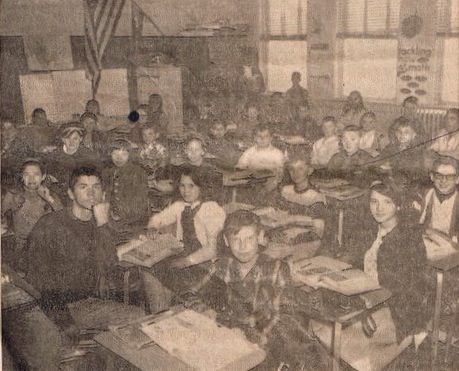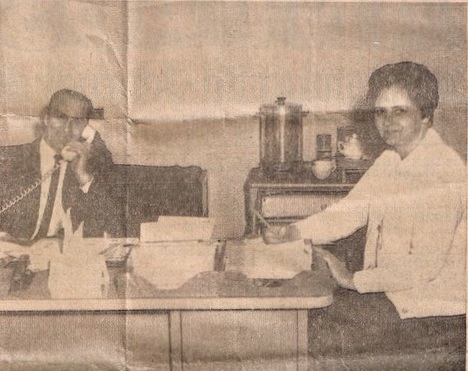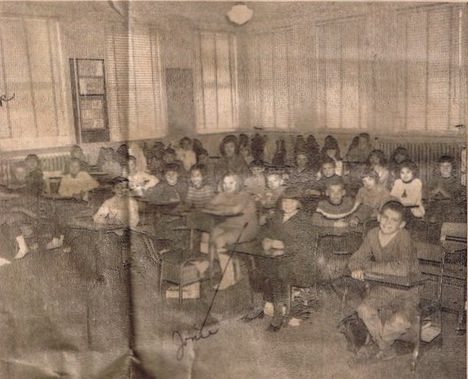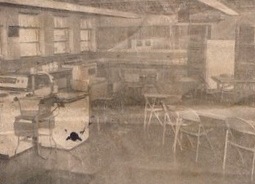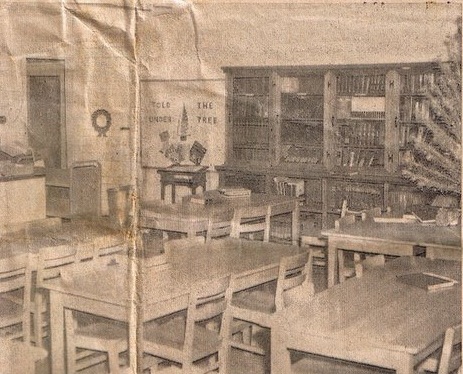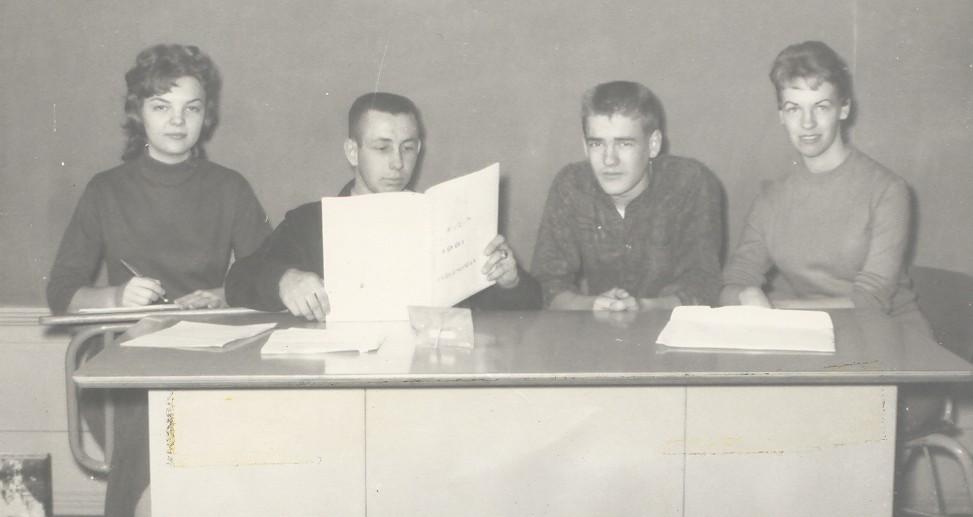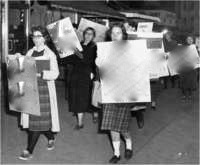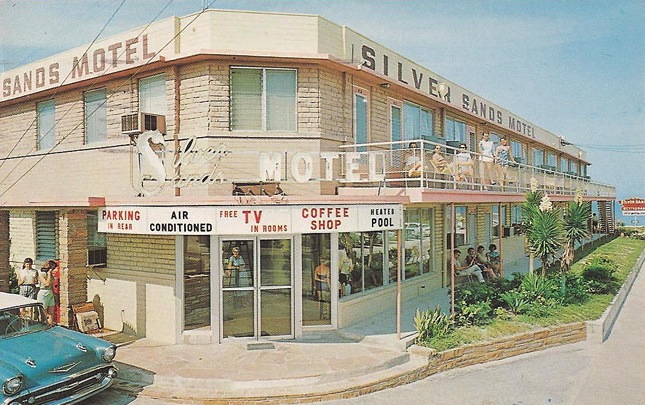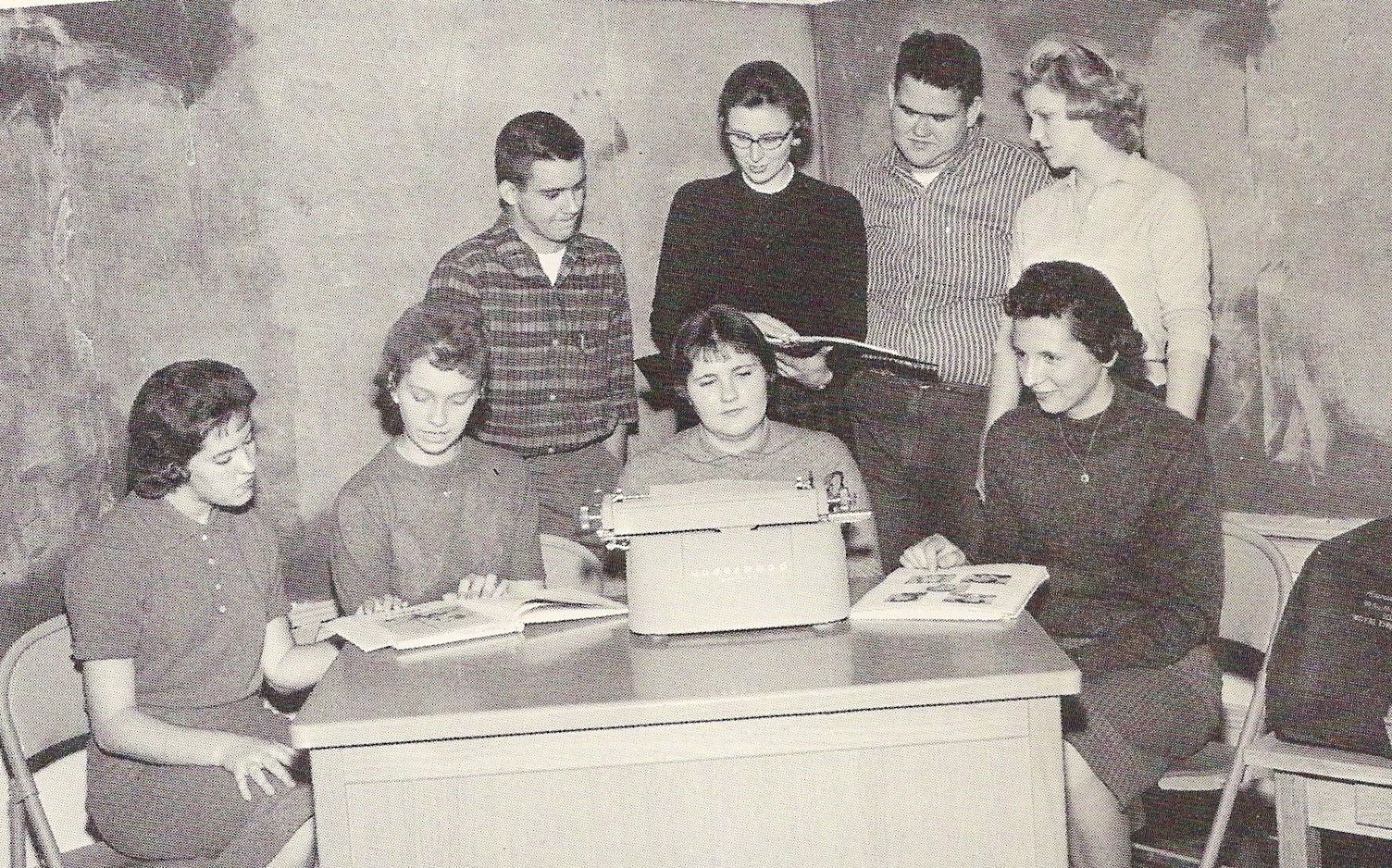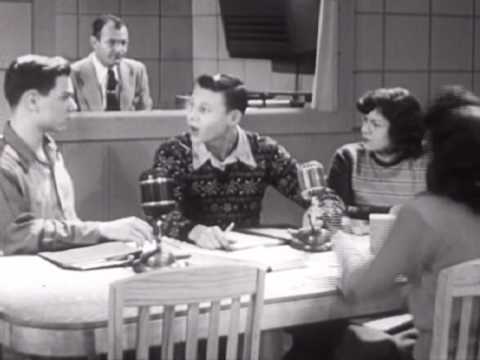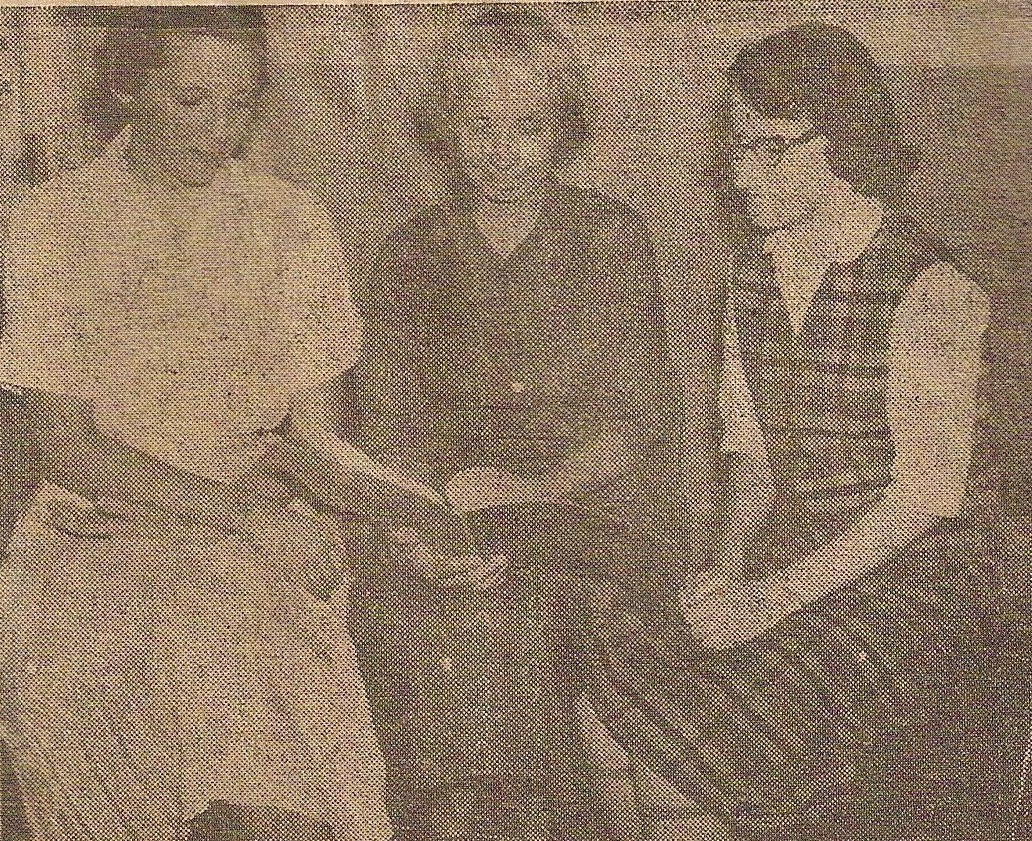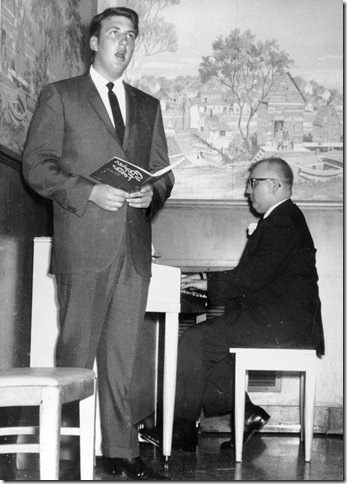Lida Jones was as big a star at Ferguson as any of the basketball players. She was a 1961 graduate who was gifted academically and won a long list of awards plus being president of her class. She was an outstanding writer and speaker. Back in the fifties and sixties the state sponsored various writing and speaking competitions on special topics. Lida won competitions with her essays, and for delivering a powerful speech beginning with the words, "I Speak For Democracy," in which she explained to the audience exactly what it meant to be an American. At a time when Ferguson and Somerset were battling over which school was academically the best in the county and the region, students like Lida were treasured. Somerset had the children of doctors, lawyers and other professionals. For Ferguson to be able to take the children of railroad, forest service, drilling, timber and other blue collar workers and have them equal or surpass their cross town rivals showed that the school by the tracks was a good place to be, that its teachers were at least doing as good a job, and that they might even be doing a better job. Since Ferguson, as an independent school district, needed to attract transfers from the city and county, this public perception was critically important. Ferguson had a long history of success in debate, science fair, music, drama and other competitions. No one realized at the time that Lida was the last of this 40 year tradition. The school stopped coaching students for these competitions, stopped sending them off to the events, and began losing its reputation as a top academic institution. Parents from Burnside, Mt. Victory, Shopville and Somerset stopped sending their kids to Ferguson, and its enrollment began to decrease. Six years later, this would prove fatal. Lida earned a masters degree in Home Economics at the University of Kentucky, became an agricultural extension agent in Michigan, married, raised a son, and moved back to Kentucky, where she is an agricultural extension agent based in Albany.
|
|

